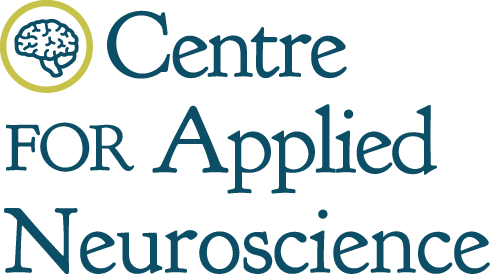Teachable Moment: Positive Feedback
We often hear that positive feedback is better than negative feedback to teach someone to do something new. With positive feedback, the brain’s reinforcement system is activated, which produces both rewarding neurochemicals and rewarding feelings and, in turn, leads to a motivation to do that thing more. This is known as positive reinforcement. With negative feedback, the brain’s punishment system is activated, which involves stress and can involve defeat and even shame. Positive reinforcement results in quicker and more stable learning whereas punishment, and especially too much of it, is less effective in getting the change we want out of someone.
Imagine being the captain or coach and you’re trying to get your team to play harder defence. Yelling at them to play harder D would be punishment and is going to be less effective than using the positive reinforcement model where you point out the player who IS playing hard D and then explain exactly what that player is doing well. Using positive reinforcement will not only keep the player playing hard D, but that player will also serve as a proxy for what all the other players should now be motivated to mimic. Essentially, the others can feel the rewards of that positive feedback offered, vicariously.
So yes, the applied neuroscience approach would say it’s good practice to use more positive feedback than negative!
